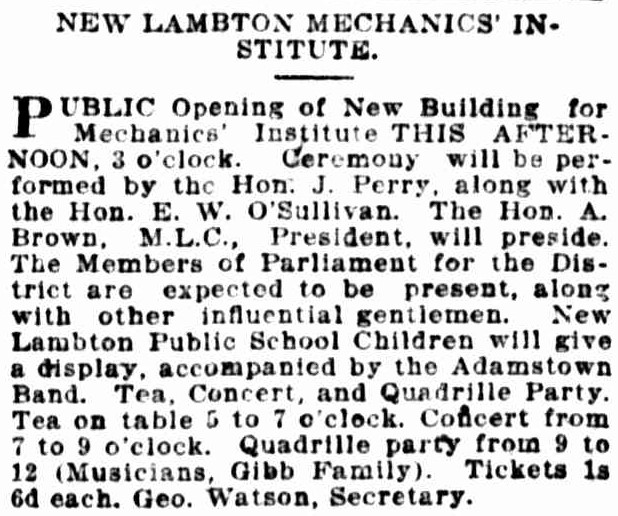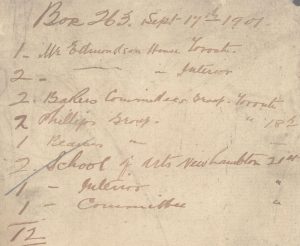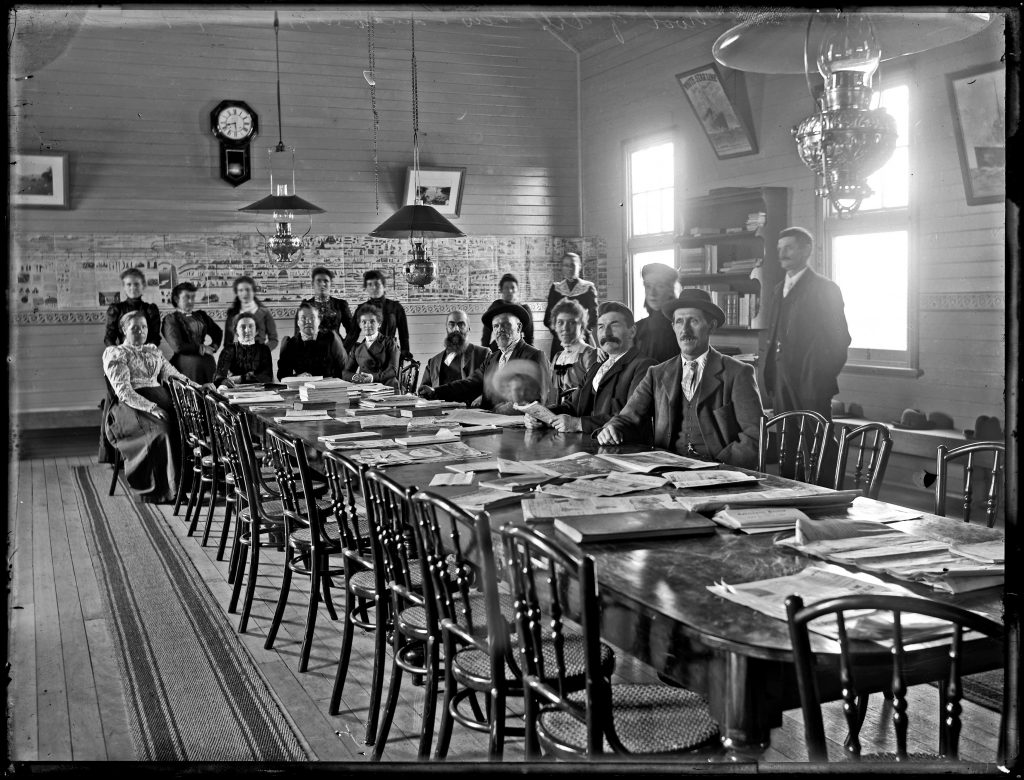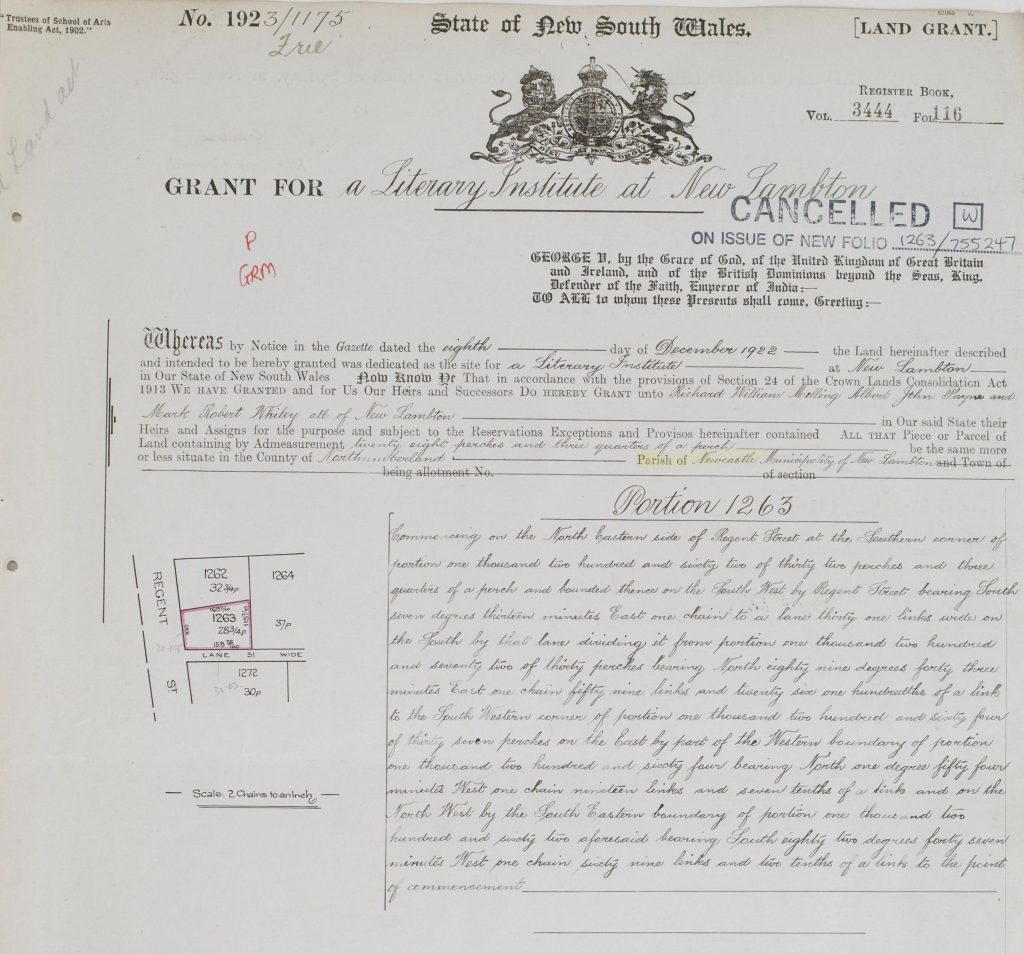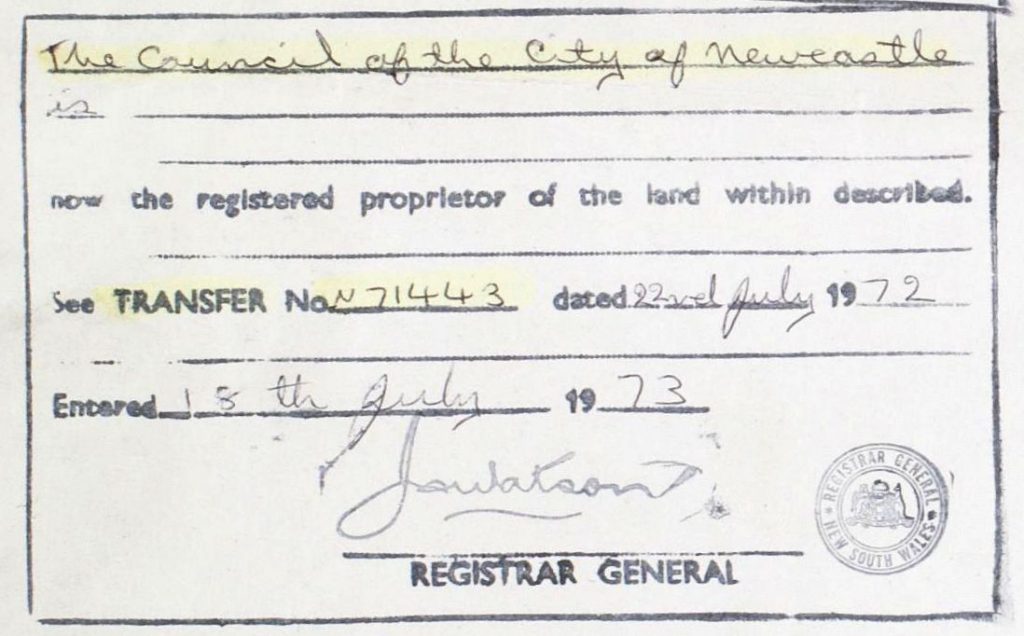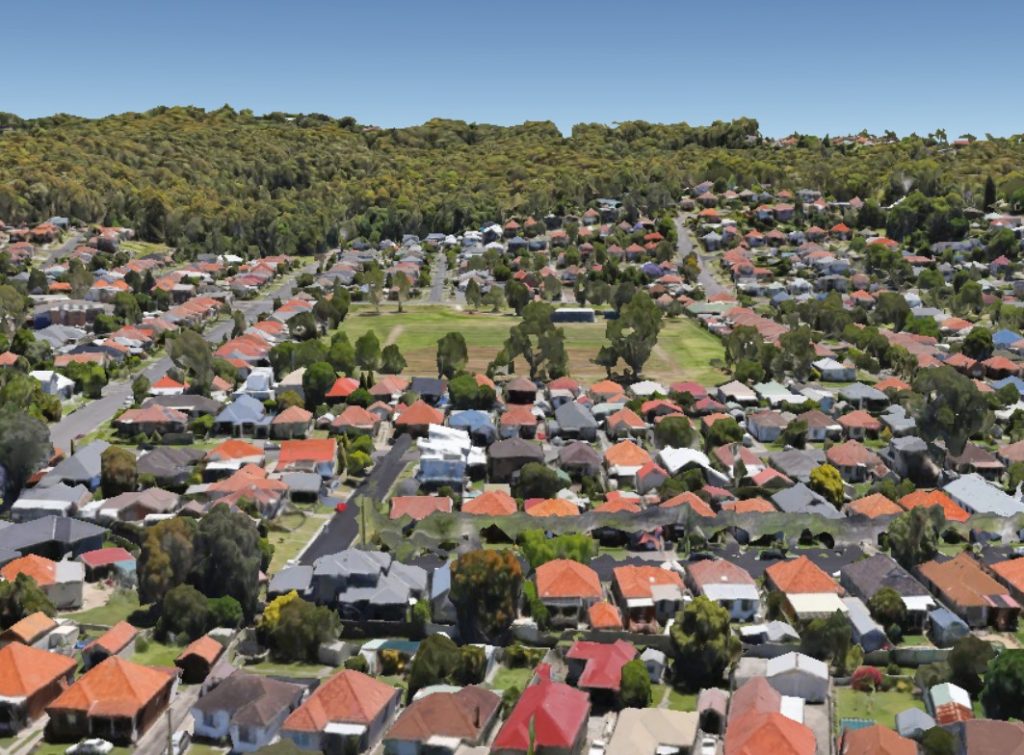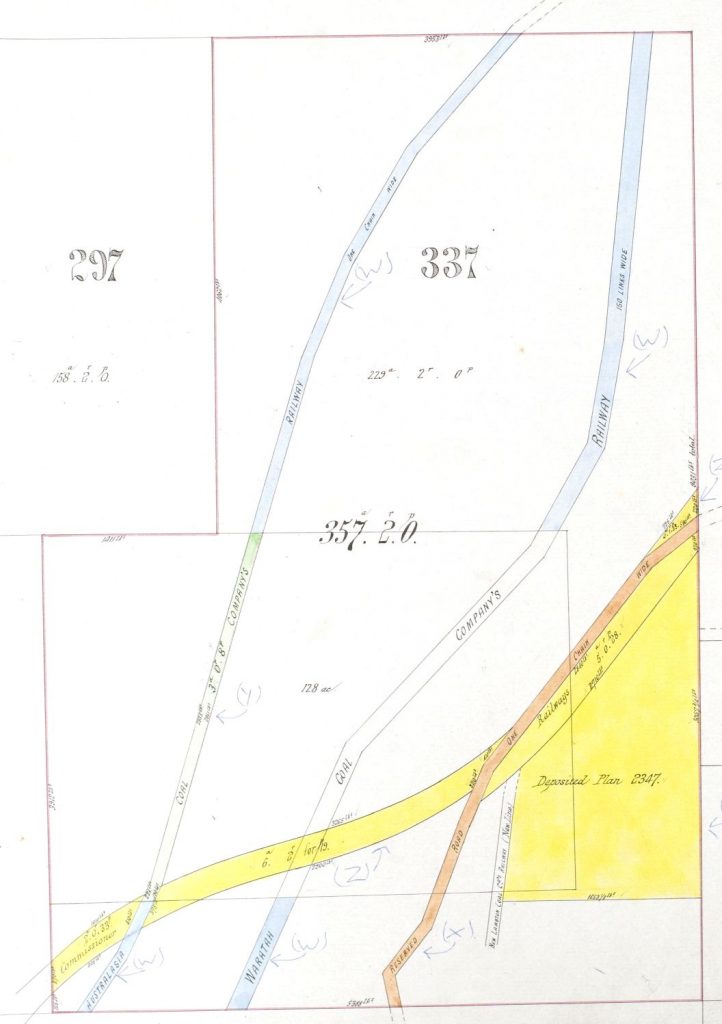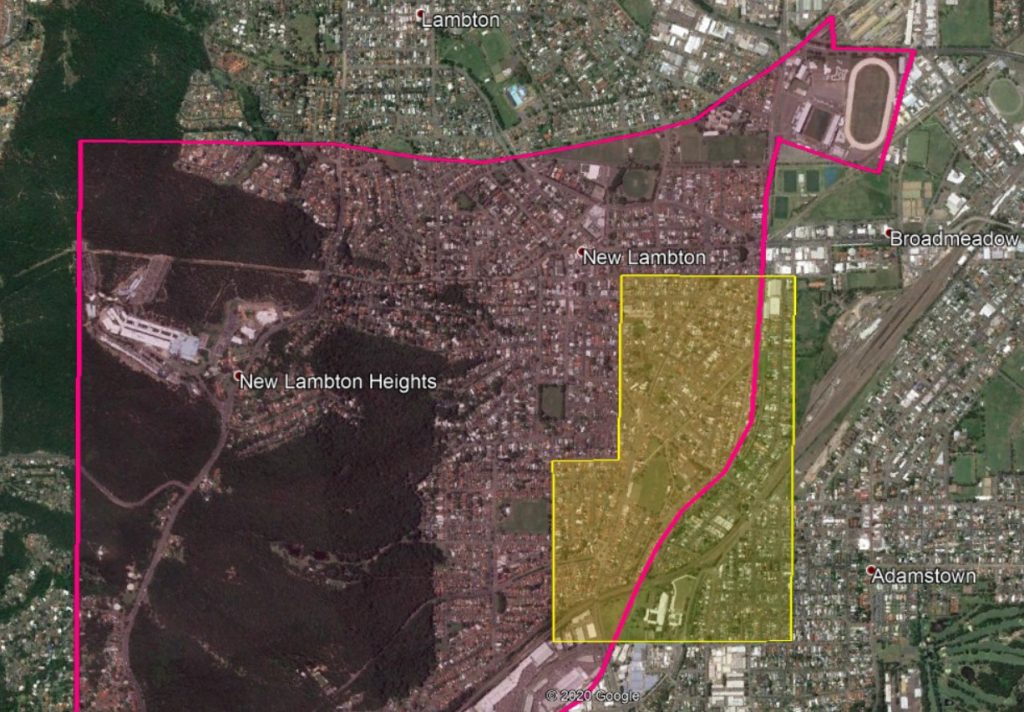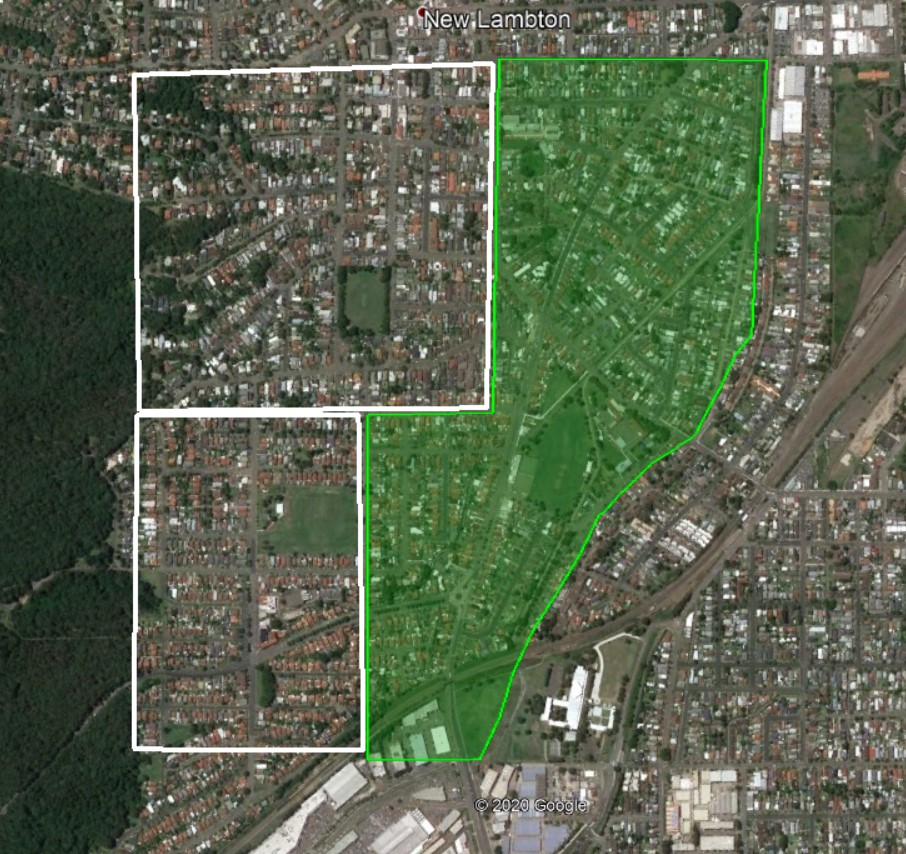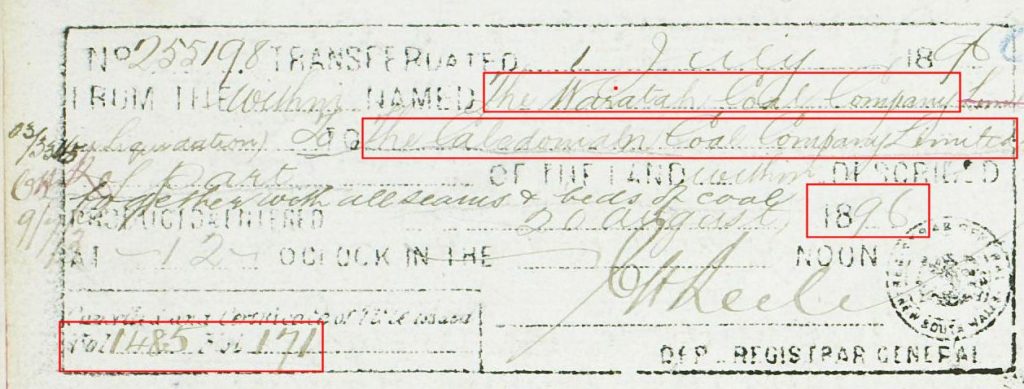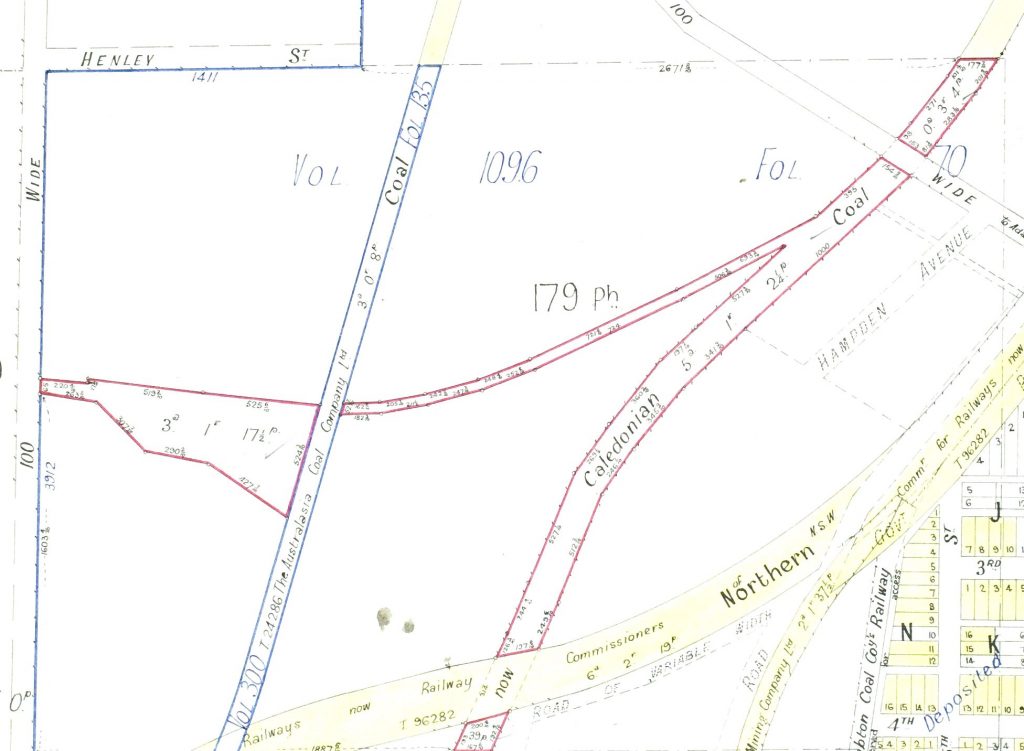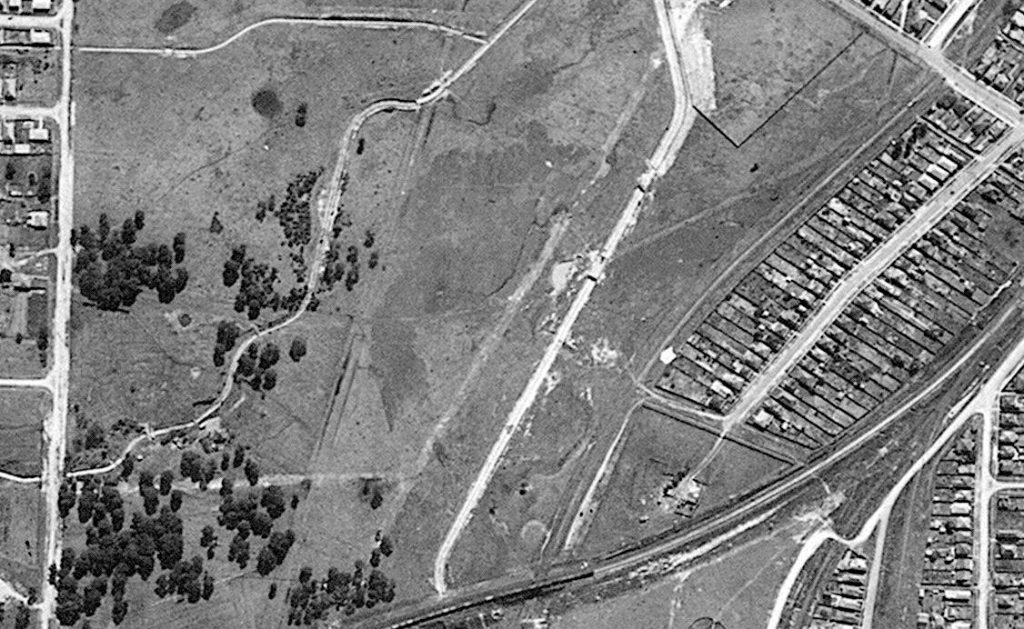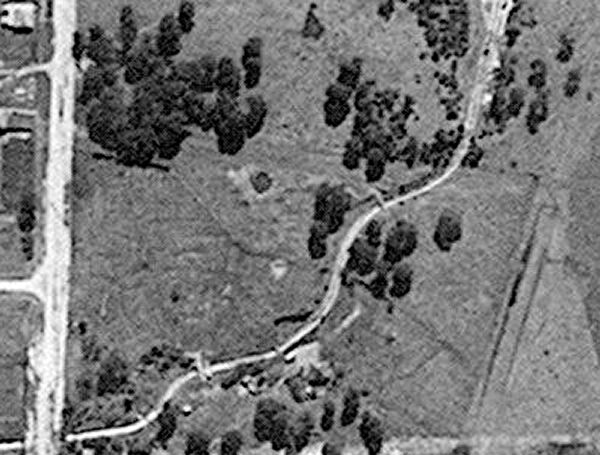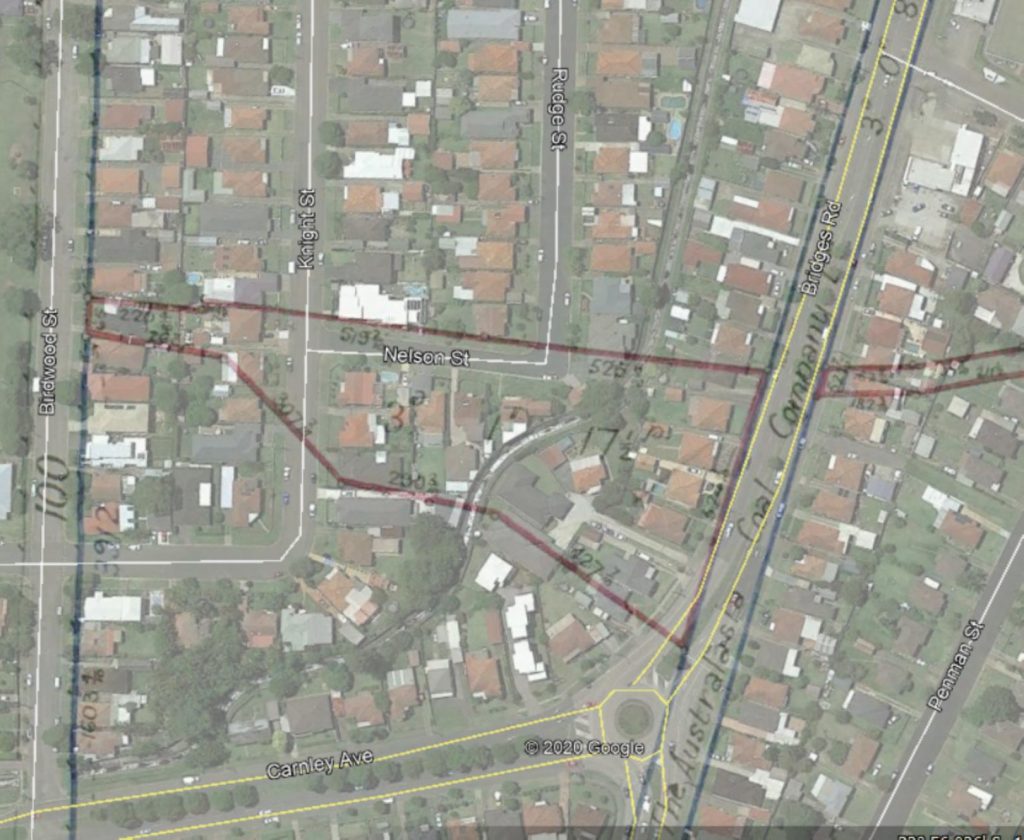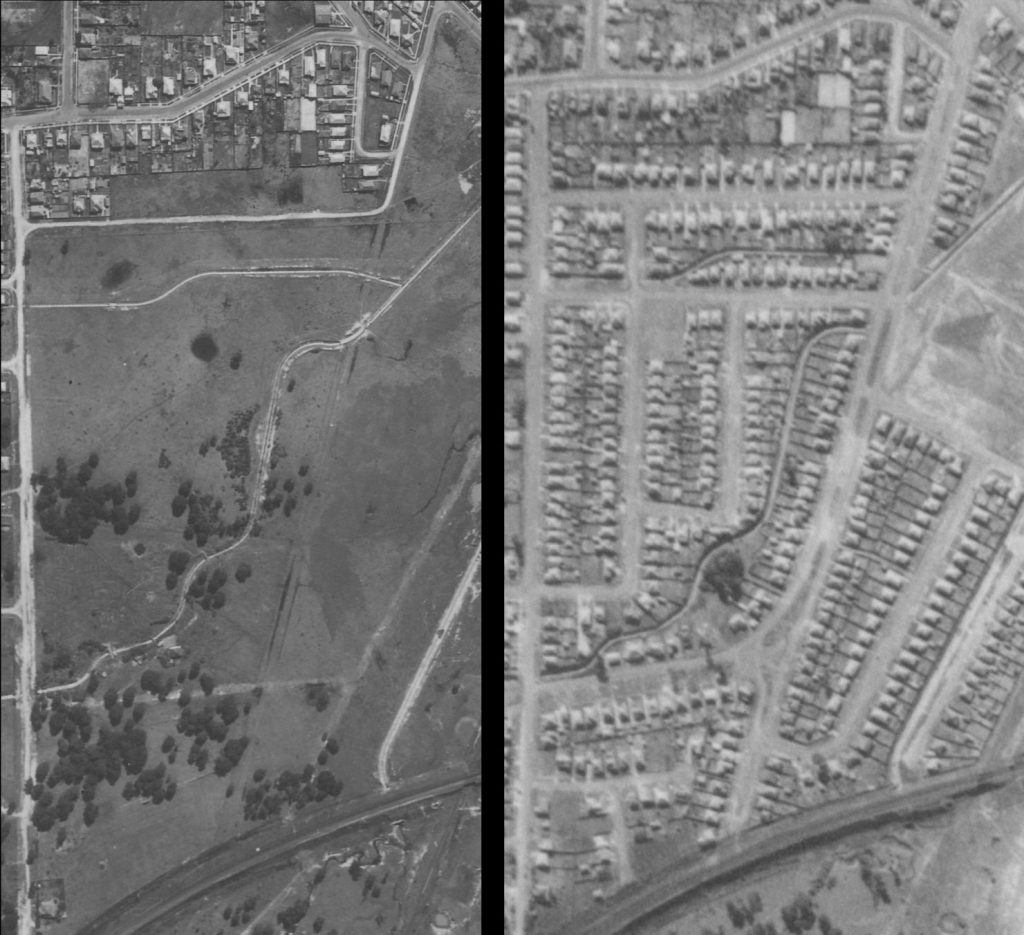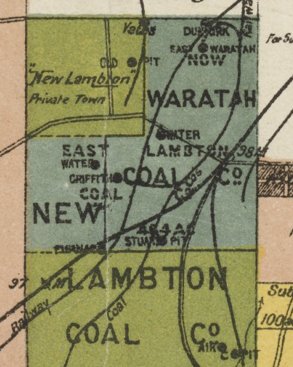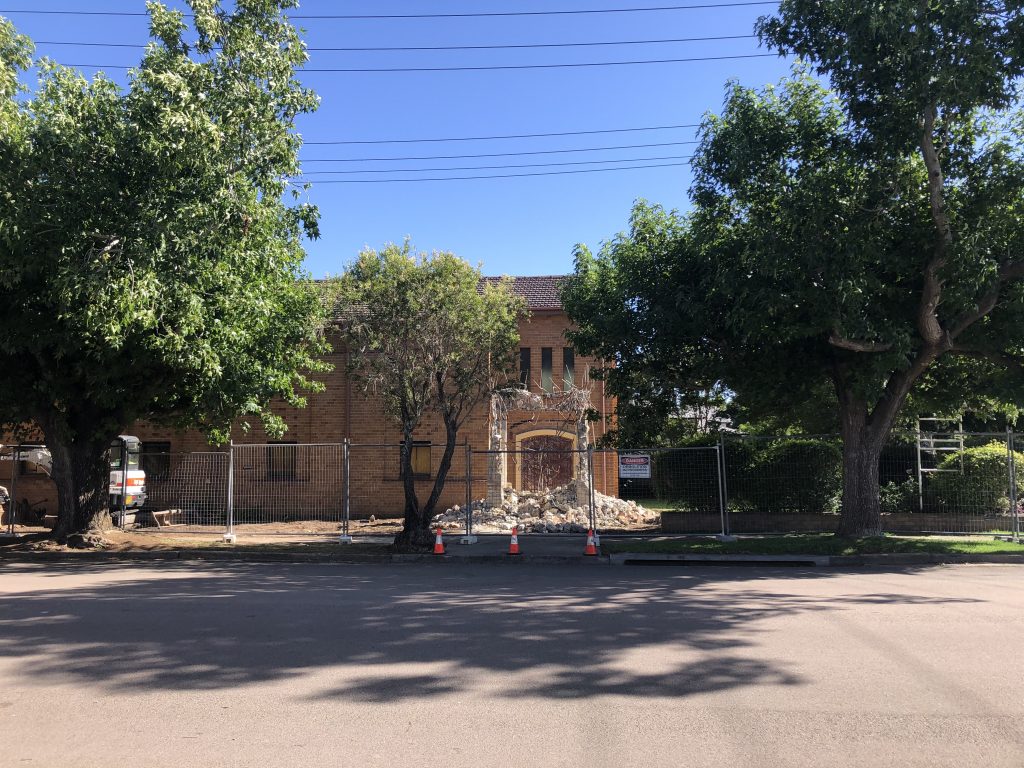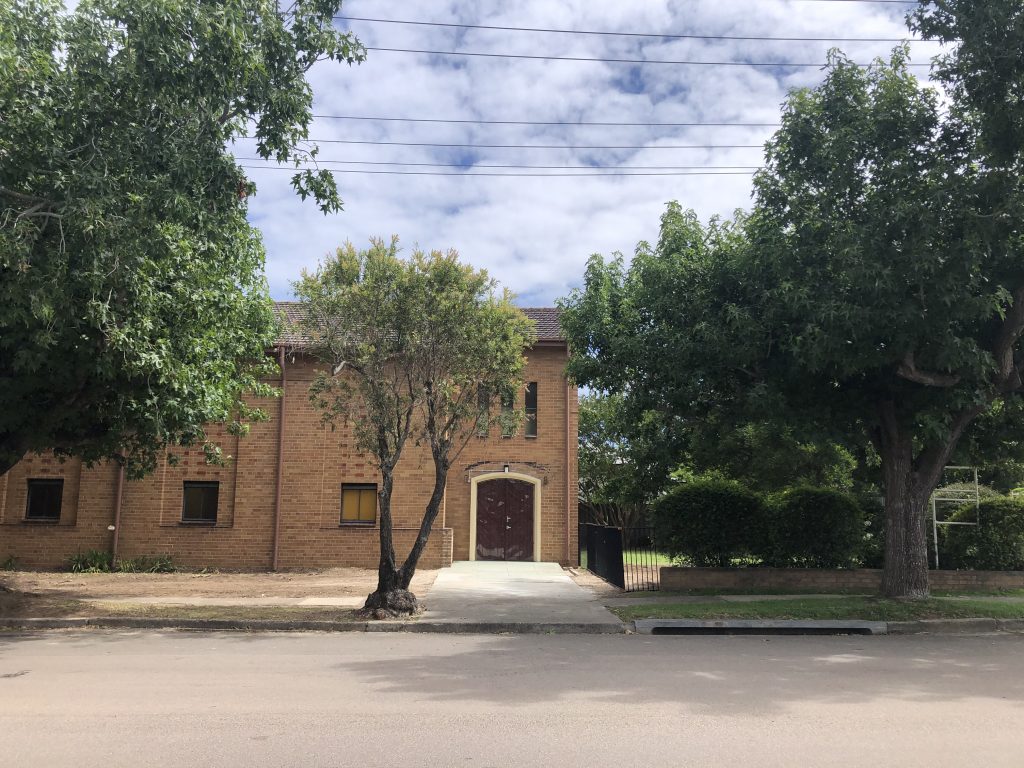This month marks 125 years since New Lambton Fire Station was opened in 1897. The formation of a fire brigade, nearly thirty years after the suburb was established, was prompted in part by suburban rivalry. When Lambton fire brigade asked New Lambton council in 1896 to install a hydrant for their use, the council politely declined, deciding instead to form their own brigade.
They applied to the state government and received a grant of £100 and a block of land on Alma Rd to build a station, which was opened on 17 July 1897. Constructed by Henry Burg, the station consisted of a shed 18 feet by 35 feet with two large sliding doors at the front and a meeting room at the rear. Perched on top was a bell tower with a lookout platform 26 feet above ground. In the pre-telephone area, ringing the bell would summon volunteer firefighters to the station, to then take their horse drawn hose reel carriage to the location of the fire.
The brigade was first called out in October 1897, to assist at a chimney fire in Adamstown. The Newcastle Morning Herald and Miners’ Advocate praised their response noting that “in connection with the alarm the newly inaugurated New Lambton Fire Brigade did a smart run. Ten minutes after the alarm was given at Adamstown station the New Lambton firemen had their fire extinguishing appliances upon the scene.” Thankfully the early days of the brigade were mostly uneventful. In 1898 the fire bell rang on only eight occasions, five of those a false alarm. A telephone service was connected to the station in 1912, and in 1925 the brigade received its first motorised fire engine. In 1934 a new brick fire station was erected in place of the original wooden building. This building still stands today but ceased to be an operating station when the new fire station in Young Road Lambton opened in 2016.
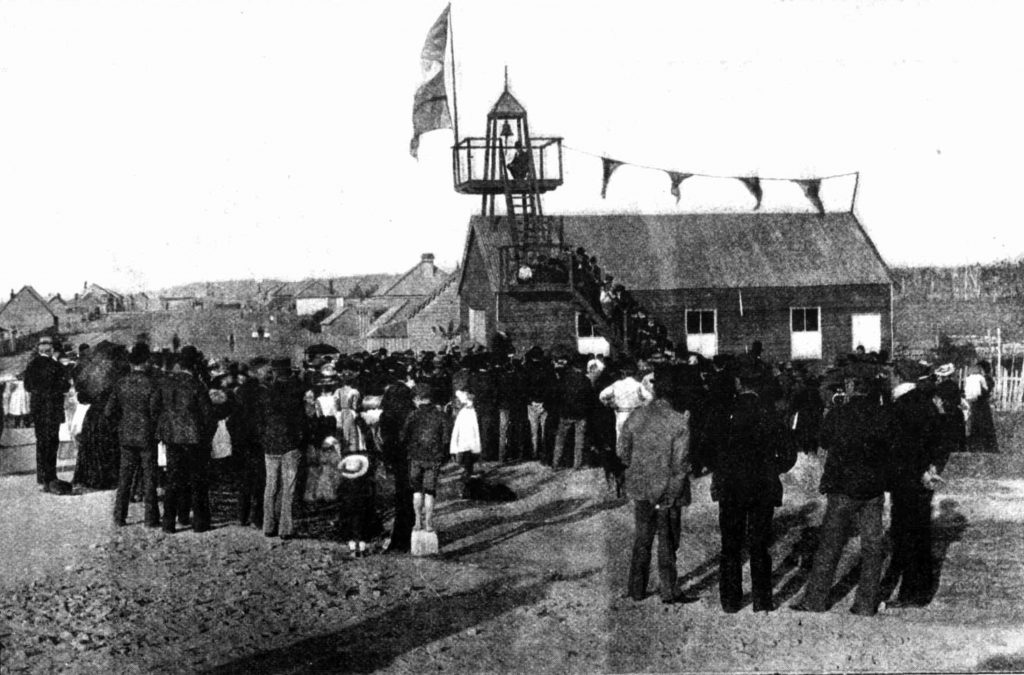

The article above was first published in the July 2022 edition of The Local.
Additional Information

The Sydney Mail and New South Wales Advertiser on 31 July 1897 published two Ralph Snowball photographs of the opening of New Lambton fire station earlier that month. The second of these photographs was taken from the bell tower, looking over the crowd gathered on Alma Rd. The vacant block behind the crowd (where the solitary figure is standing) is where the General Roberts Hotel is now. The hilly peak on the horizon at the left is Braye Park, Waratah.

On 13 October 1898, in connection with the procession for the Eight Hour Day public holiday …
The New Lambton Volunteer Fire Brigade secured the prize for the best decorated fire reel, there being no other competitors.
Sydney Morning Herald, 14 October 1898

George Anderson
George Anderson was one of the longest serving members of the New Lambton Fire Brigade. In 1953 the Newcastle Morning Herald and Miners’ Advocate reported that ….
George Anderson, of New Lambton, better known as “The Captain,” will complete 50 years in the service of the New South Wales Fire Brigade on Monday. Three times Mr. Anderson tendered his resignation to the Board of Fire Commissioners, but each time the board refused to accept it. Mr. Anderson, who is 75, was elected a member of New Lambton Fire Brigade at a meeting on October 12, 1903.
Newcastle Morning Herald and Miners’ Advocate, 10 October 1953
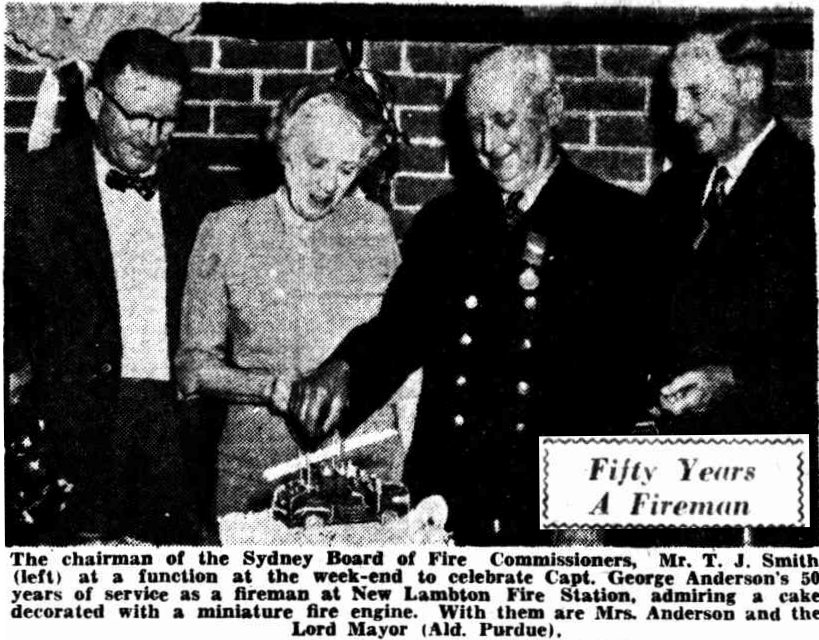
Newspaper articles
| Article Date Event Date | Notes |
|---|---|
| 28 Jan 1880 27 Jan 1880 | “On Tuesday the house of Mr: William Capewell, New Lambton, was burnt with nearly everything in it.” |
| 13 May 1884 10 May 1884 | “On Saturday evening last the chimney of Mr. Jarvis' [New Lambton] house was discovered by the children of Constable Robinson to be on fire. The youngsters promptly got into the house, and with a few buckets of water extinguished the flames, and prevented the whole building from being destroyed.” |
| 20 Jan 1893 18 Jan 1893 | “A fire occurred at the residence of Mr. John Davies, Russell-street, New Lambton, on Wednesday evening, but was fortunately extinguished before any great amount of damage was done.” |
| 6 Aug 1896 5 Aug 1896 | At New Lambton Council meeting “Alderman DAGWELL said he favoured an application being made to the Water and Sewerage Board for a standpipe that would be their own, and the establishment of a fire brigade in the municipality. Alderman COOMER moved, "That the Lambton Brigade be informed that the council could not accept the offer, as they contemplated organising a brigade of their own." |
| 12 Aug 1896 | “Mr. Edden has also presented to the Chief Secretary a letter from the New Lambton Council requesting a grant to assist in establishing a local fire brigade at that place.” |
| 20 Nov 1896 | “The sum of £100 has been allotted to the New Lambton Fire Brigade.” |
| 1 Dec 1896 30 Nov 1896 | "A public meeting of the residents was held on Monday evening for the purpose of forming a fire brigade in the town. There were about 50 persons present." |
| 13 Mar 1897 | Portion 1321 of the Newcastle Pasturage Reserve is set aside for the New Lambton Fire Brigade. |
| 26 Mar 1897 | "The situation of the [fire station] site is fronting the Lambton main road, close the old New Lambton line crossing, and with a small tower erected at the shed will command a good view of the surrounding district. Building operations will be proceeded with almost immediately, and an order has been given to Gilbert Bros., of Newcastle, for the building of a first-class reel." |
| 29 Jun 1897 | "The contractor (Mr. H. Burg) has now completed the shed and handed it over to the brigade. The site chosen for the station is a most suitable one, having a frontage to Alma-road, and at the junction of the Lambton main road. The shed is large and roomy, being 18ft wide by 35ft long. A room is partitioned off for meetings at the rear of the shed. The front is of rusticated boards, and the main entrance has two large sliding doors. The lookout and bell tower are reached by stairs from the outside of the shed, a good view being obtained from the lookout landing, the height of such being 26ft." |
| 19 Jul 1897 17 Jul 1897 | "New Lambton Fire Brigade. The formal opening of the newly erected engine-shed and the christening of the reel in connection with this brigade took place on Saturday afternoon before a large audience." |
| 31 Jul 1897 17 Jul 1897 | Opening of New Lambton Fire Station. Report includes two photographs by Ralph Snowball. |
| 11 Oct 1897 10 Oct 1897 | “In connection with the alarm the newly inaugurated New Lambton Fire Brigade did a smart run. Ten minutes after the alarm was given at Adamstown station the New Lambton firemen, under Captain Brogden, had their fire extinguishing appliances upon the scene. Though their services fortunately were not required, Captain Brogden and his men are to be commended for their remarkable promptitude in turning out when the alarm was given.” |
| 8 Jul 1898 6 Jul 1898 | Fire alarm at New Lambton … "In very quick time the local brigade, under Captain Brogden, turned out with their reel, but, luckily, their services were not required." |
| 10 Oct 1898 9 Oct 1898 | New Lambton brigade competes at the fire brigades competion held in Lambton Park, where "the spectators numbered about 1500, including a fair number of ladies and children." |
| 14 Oct 1898 13 Oct 1898 | “The New Lambton Volunteer Fire Brigade secured the prize for the best decorated fire reel, there being no other competitors.” |
| 14 Jan 1899 13 Jan 1899 | Annual meeting of New Lambton fire brigade. In the previous year there was one fire, two chimney firess, and five false alarms. |
| 17 Apr 1899 | "Extensive improvements have just been completed at the fire brigade station. The land has been enclosed by a strong and substantial fence, and a neat and uniform picket fence has been erected at the front part of the building. The belfry has been strengthened, and the shed has been painted both inside and out, which gives a bright and tidy appearance to the building." |
| 10 May 1899 8 May 1899 | “On Monday evening an alarm of fire was raised by the sounding of the fire bell. The alarm caused some excitement, and a crowd quickly gathered. The members of the brigade turned out with their usual promptness but, luckily, their services were not required. The cause of the scare was the burning of some inflammable material in the yard of the Sportsman's Arms Hotel.” |
| 11 Jan 1900 8 Jan 1900 | Third annual meeting of New Lambton fire brigade – nine fire alarms in the [ast year, only one fire attended, in Newcastle. |
| 15 Feb 1902 | “Considerable excitement was caused about noon yesterday by the ringing of a fire alarm. A crowd quickly gathered, and no time was lost in getting the reel to the scene of the fire which was located at Lyshon's property in Lambton-road.” |
| 14 May 1902 | “The fire brigade station has been enlarged by the addition of a bath and storerooms, which are a great convenience.” |
| 5 Jun 1905 4 Jun 1905 | “Shortly before nine o'clock yesterday morning a fire occurred in an old unoccupied building at the corner of Regent street and Portland Place. The building, which was owned by Marshall's Brewery Co. was formerly known as the Sportsman's Arms Hotel ... The fire was first observed by the inmates of the Duke of Wellington Hotel, on the opposite side of the road, smoke being seen to issue from the roof. The alarm was immediately given and in a very short space of time the local firemen, with their reel and appliances, were on the scene.” |
| 23 Jan 1908 21 Jan 1908 | Annual meeting of the New Lambton Fire Brigade. "The secretary recommended the erection of a new belfry and a new, bell, the present bell being almost worn out." |
| 25 Mar 1908 | “The bell now in use was about worn out and as it was purchased second-hand, it had done about 25 years' service having been at one time the property of the Newcastle City Brigade. It was damaged to the extent that it was almost impossible to be heard even by the firemen who lived in close proximity to the shed.” |
| 22 Jun 1908 20 Jun 1908 | "The ceremony in connection with the trial ring of the new alarm bell recently purchased by the New Lambton Fire Brigade took place at the fire station on Saturday afternoon, there being a large attendance of the public." |
| 23 Aug 1911 | "Active steps are being taken for linking-up all the Newcastle district fire brigade stations with telephones and establishing street fire alarms. There are sixteen fire stations, in Newcastle and district, and each of these is to be connected with a telephone exchange at the headquarters, Newcastle West. So far, Newcastle West, City, Hamilton, Wickham, and Waratah are connected.” |
| 5 Jun 1912 | “In Newcastle, a complete system of telephone communication to link all the suburban stations with headquarters was designed considerably over twelve months ago. The circuit linking up the suburban stations and headquarters is practically complete, but the gaps render the work done not nearly as effective as it should be. For instance, there is no direct line to Hamilton. To get in touch with a station beyond Hamilton, headquarters has first to ring up Newcastle exchange and then ring up Hamilton exchange, and thence through Hamilton station to the station required.” |
| 13 Nov 1918 11 Nov 1918 | "The news of the end of the war was received in New Lambton with demonstrations of joyfulness. The bell at the fire station was continuously rung until the early hours of yesterday morning. At the first clanging of the bell the people thronged to the fire station. The National Anthem was sung." |
| 9 Aug 1920 | A four roomed cottage in Orchardtown, owned by Mrs J Robinson burns down. “The firemen were somewhat delayed in consequence of the person engaged to provide a horse to draw the reel being away from home with the horse, and the reel had to be hand-drawn, which in this case was a serious handicap, as the fire was over a mile away from the fire station.” |
| 1 Jan 1925 | “The Fire Commissioners have installed 65 street fire alarms, and placed all fire stations in communication with local telephone lines, enabling the stations to be immediately notified of an outbreak of fire.” “Where motor lorries are available contracts are arranged for transit of the men and appliances to fires, and horse transit at Boolaroo and Lambton has been replaced by motor lorries, also at New Lambton.” |
| 14 Sep 1925 12 Sep 1925 | "The installation of the new motor hose carriage in the New Lambton fire station, on Saturday evening, took place in the presence of a large gathering." |
| 17 Mar 1934 | “Building application granted by New Lambton Council for "a new fire station and dwelling, to be erected in Alma-street, at a cost of £1460. The new building, which will be of brick, will have a roof of asbestos slates. Provision has been made for two bedrooms, a living-room, kitchen, recreation-room, watch-house, store-room, engine-room, and a laundry.” |
| 22 Oct 1934 20 Oct 1934 | "A new fire station, costing in the vicinity of £1600, was officially opened at New Lambton, on Saturday. At the same time, a new Dennis motor was installed, and long service medals were presented. Constructed of brick, with a roomy engine apartment, and living quarters, the station fills a long-felt want at New Lambton." |
| 10 Oct 1953 | Captain George Anderson completes 50 years of service with New Lambton Fire Brigade. This report has quite a few memories from George on the operation of the brigade in the period 1903 to 1953. |



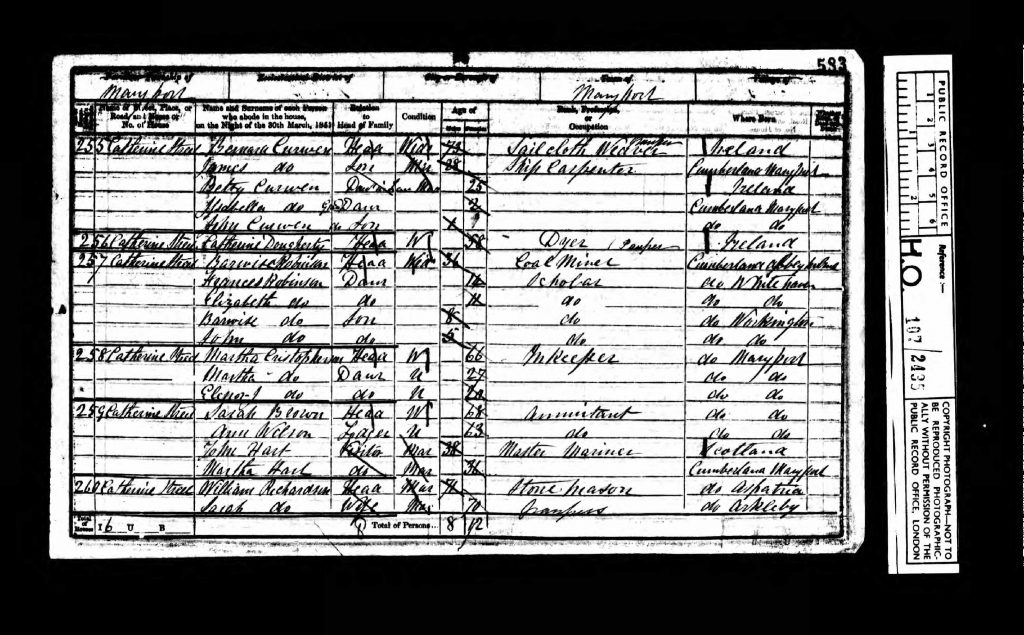
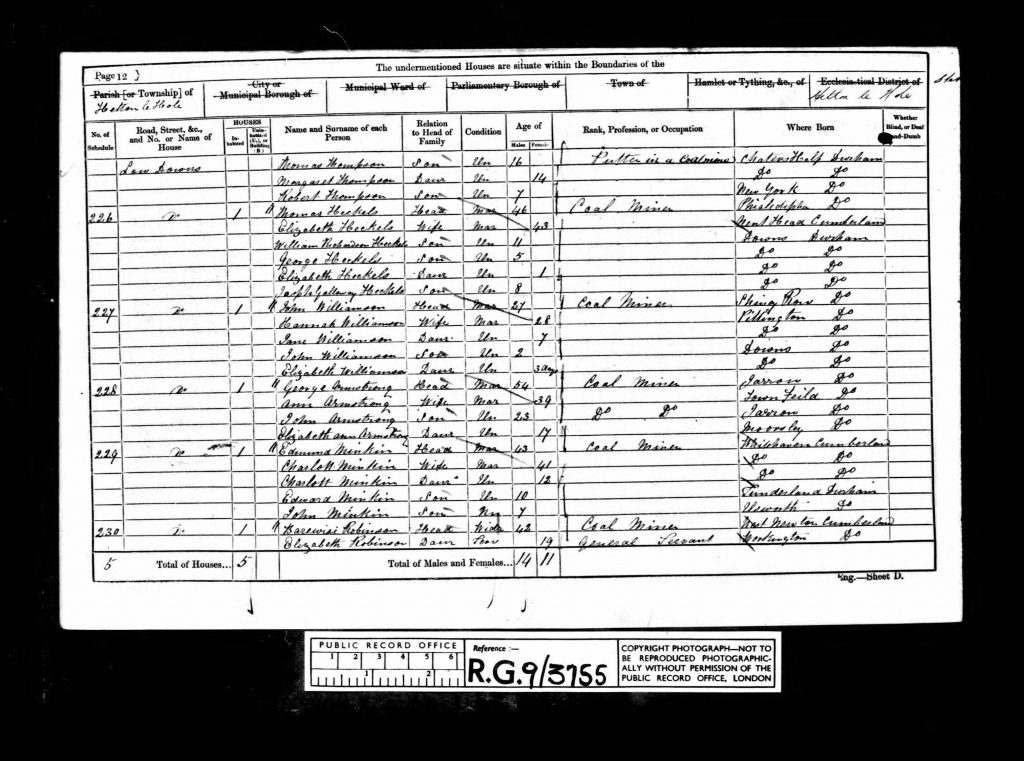

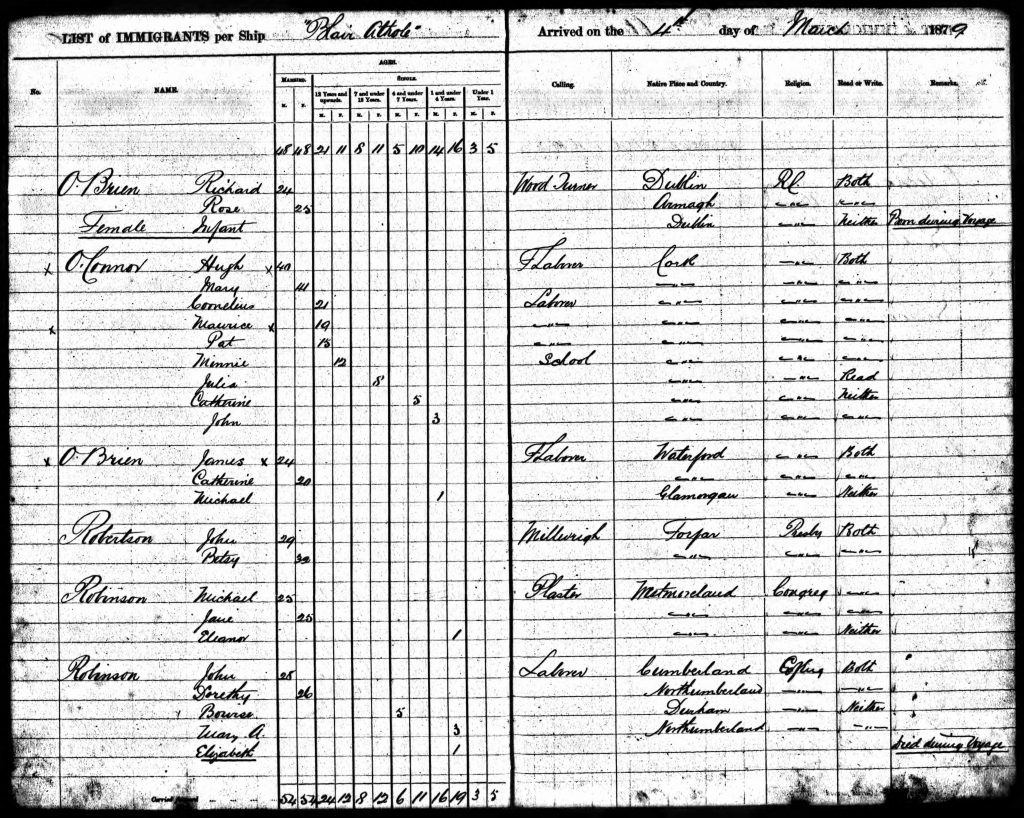
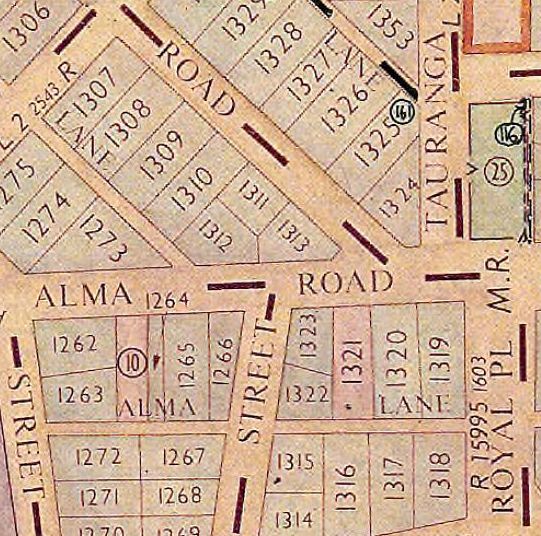
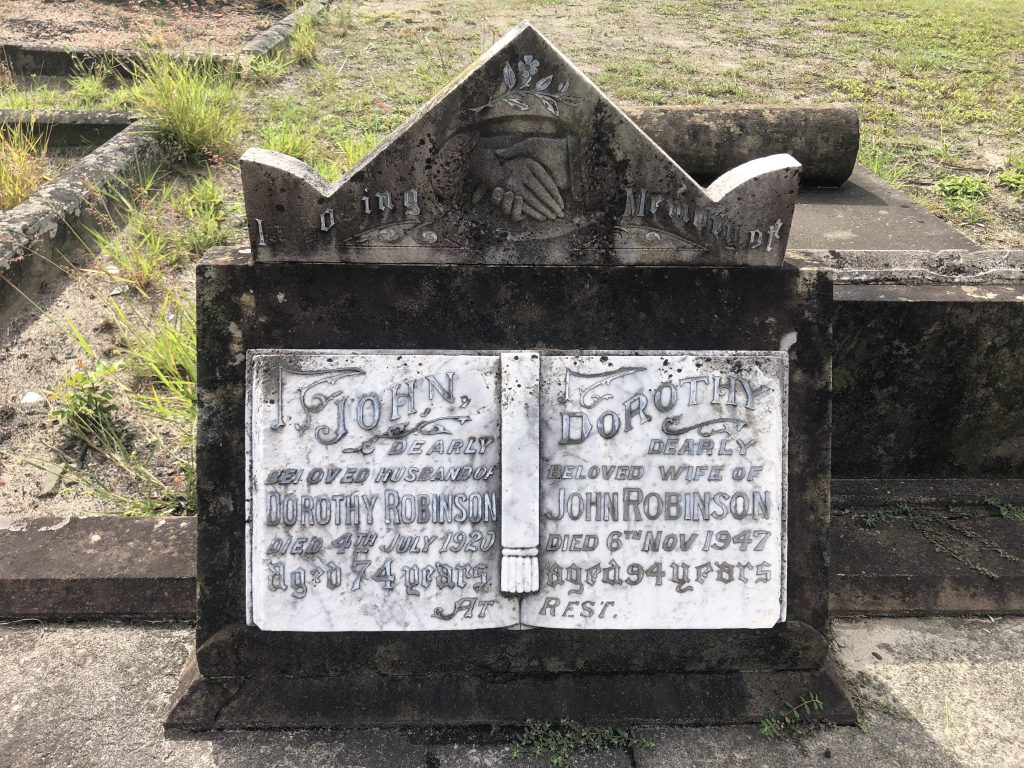
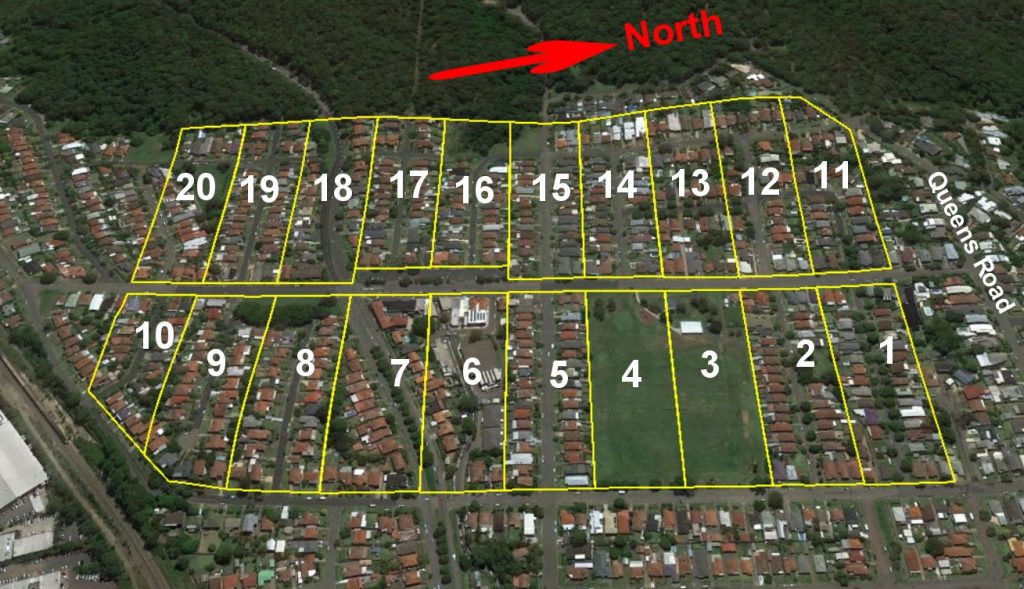



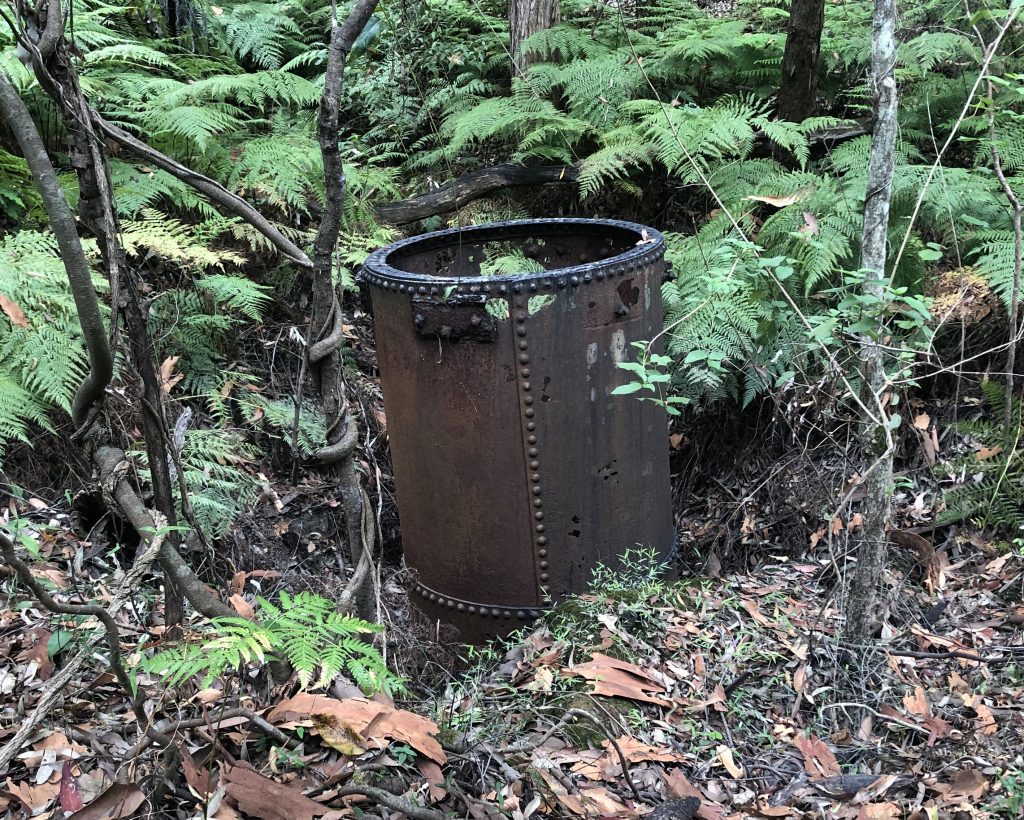
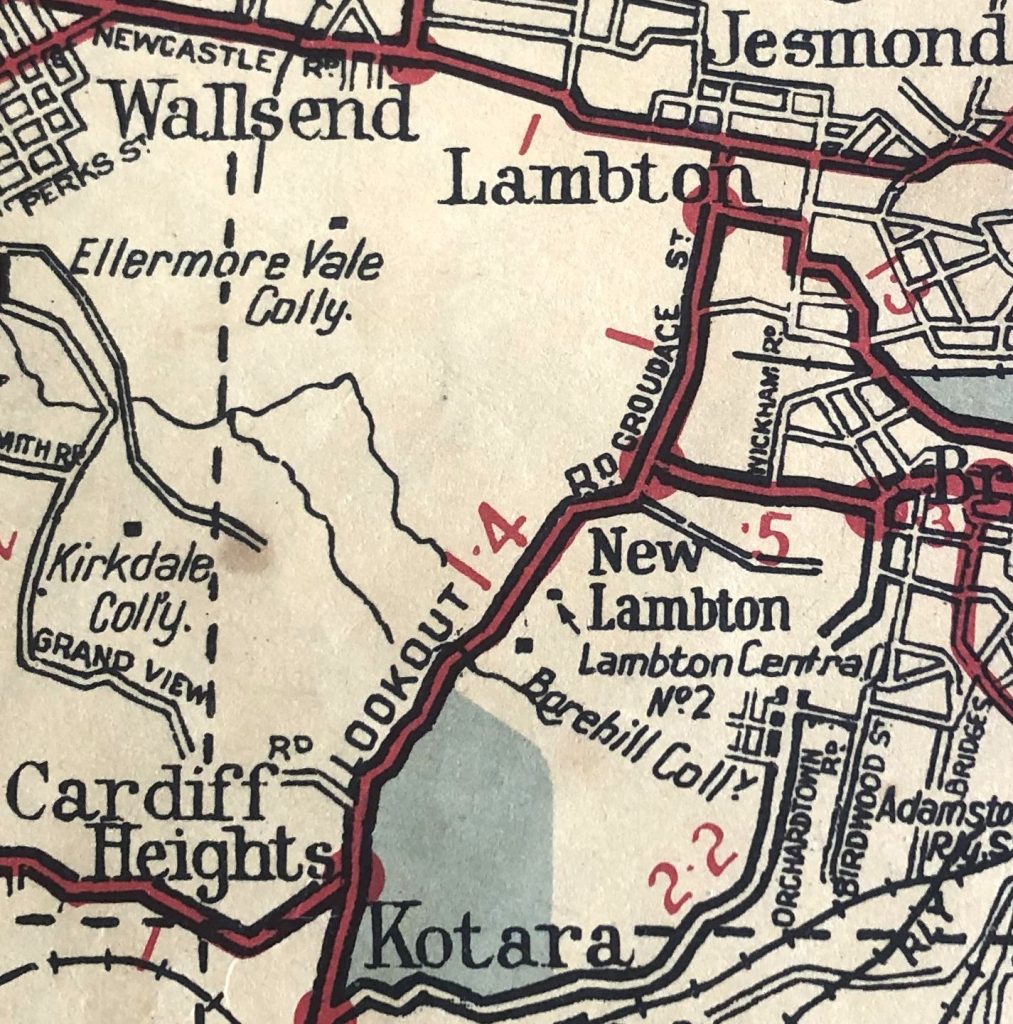

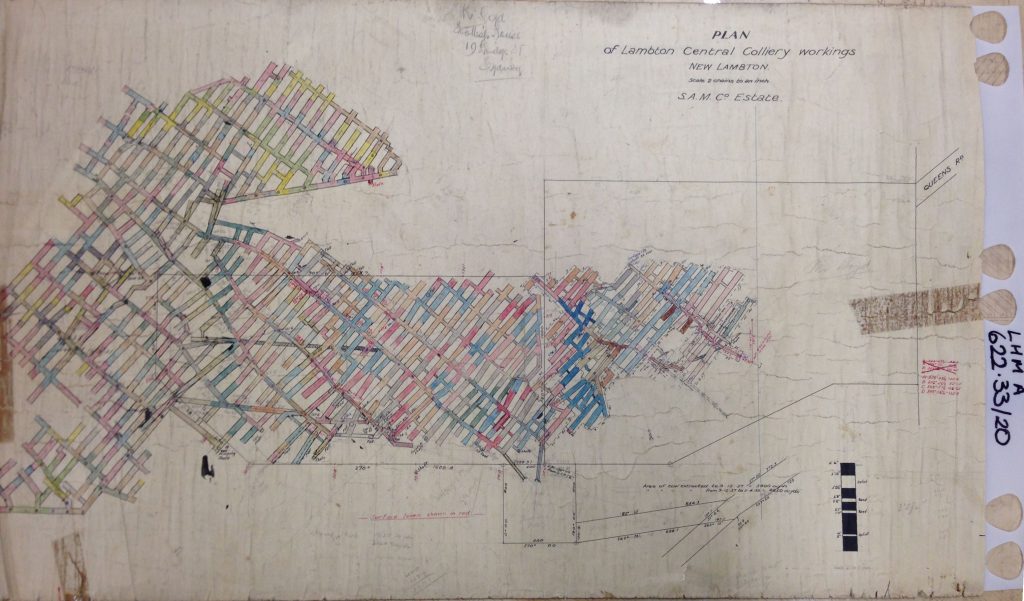

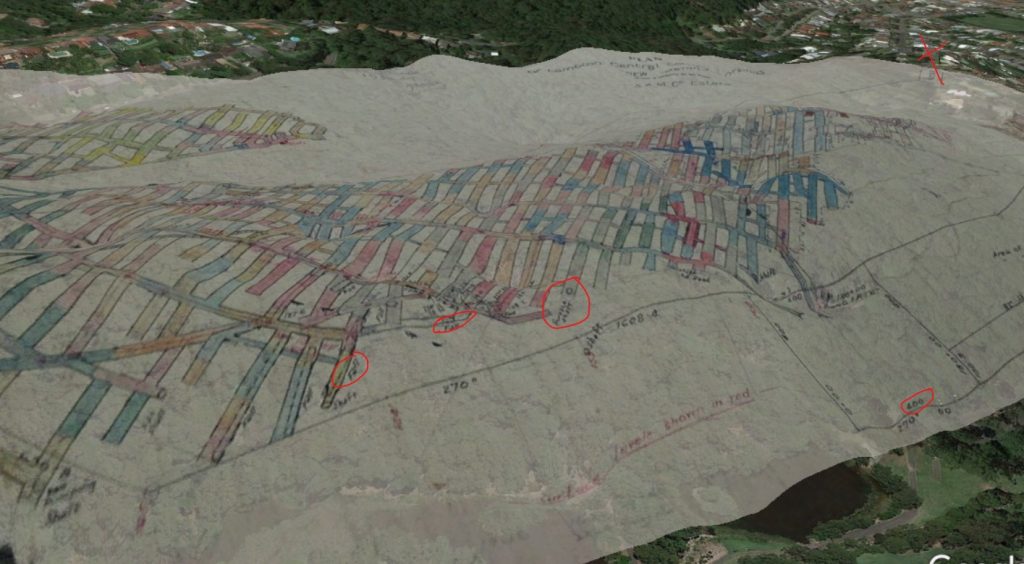
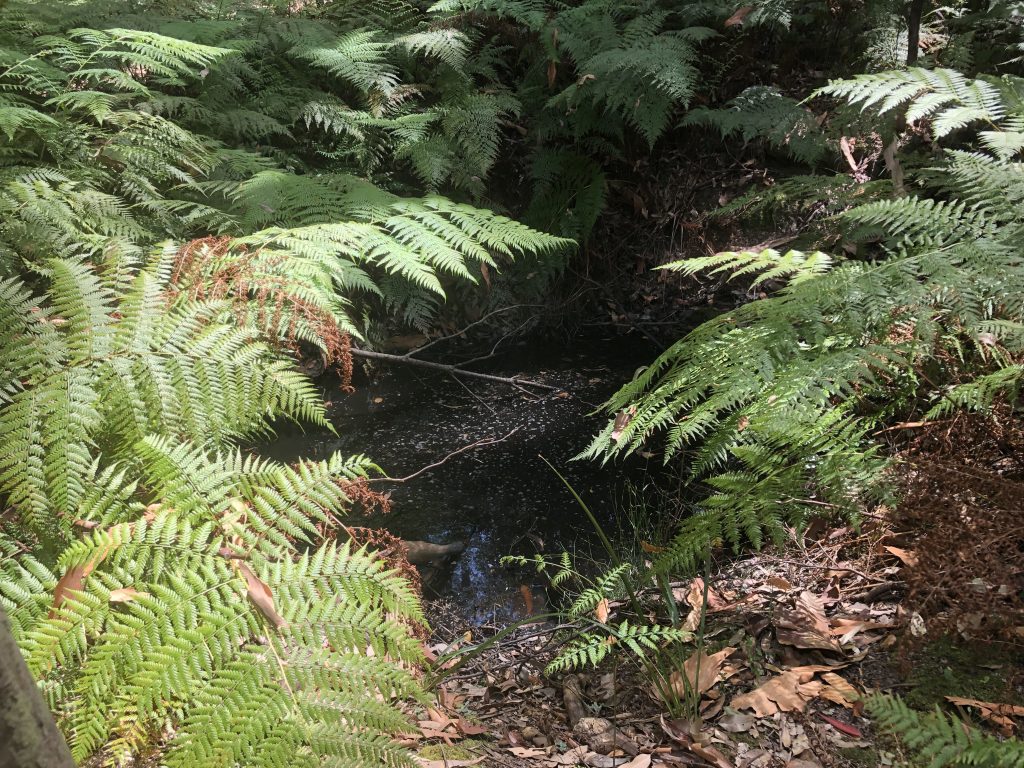
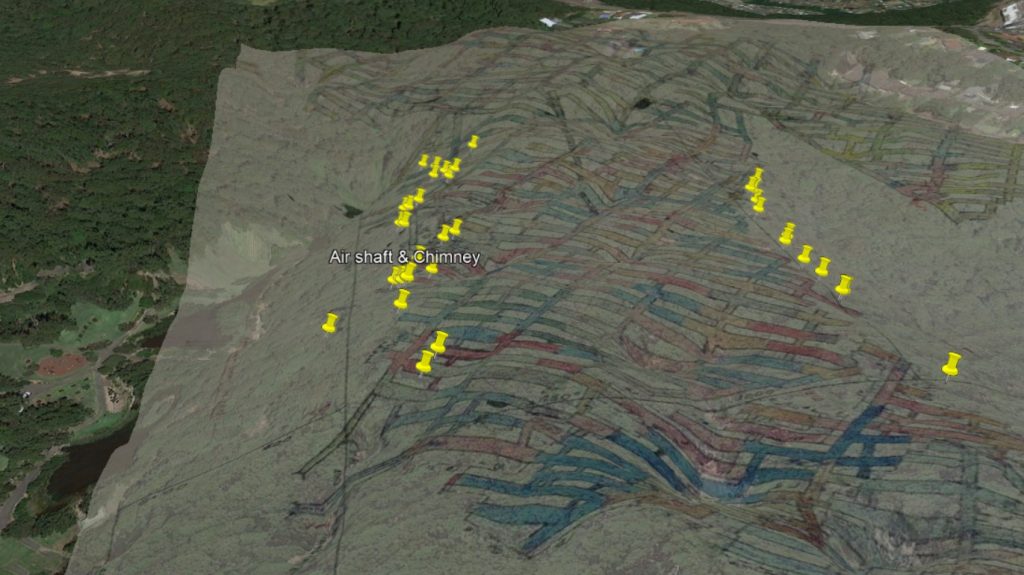
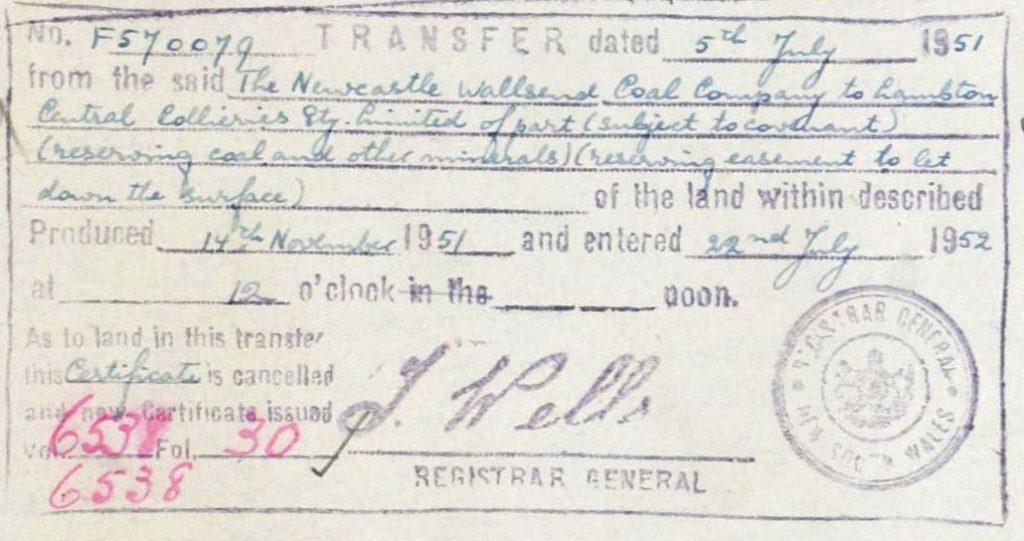
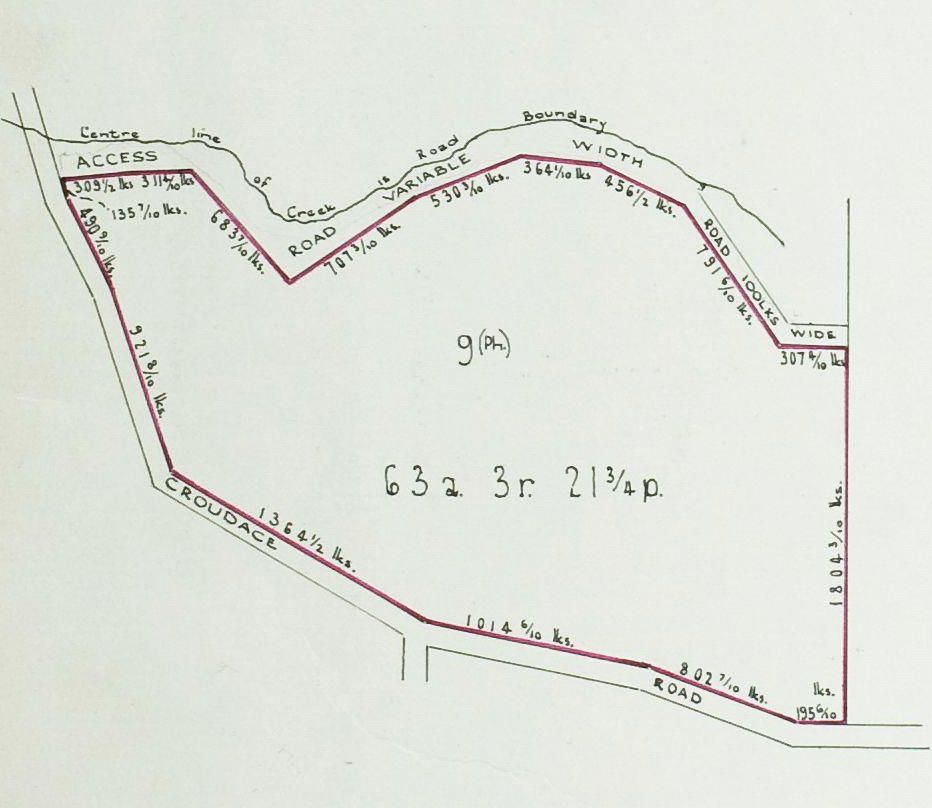
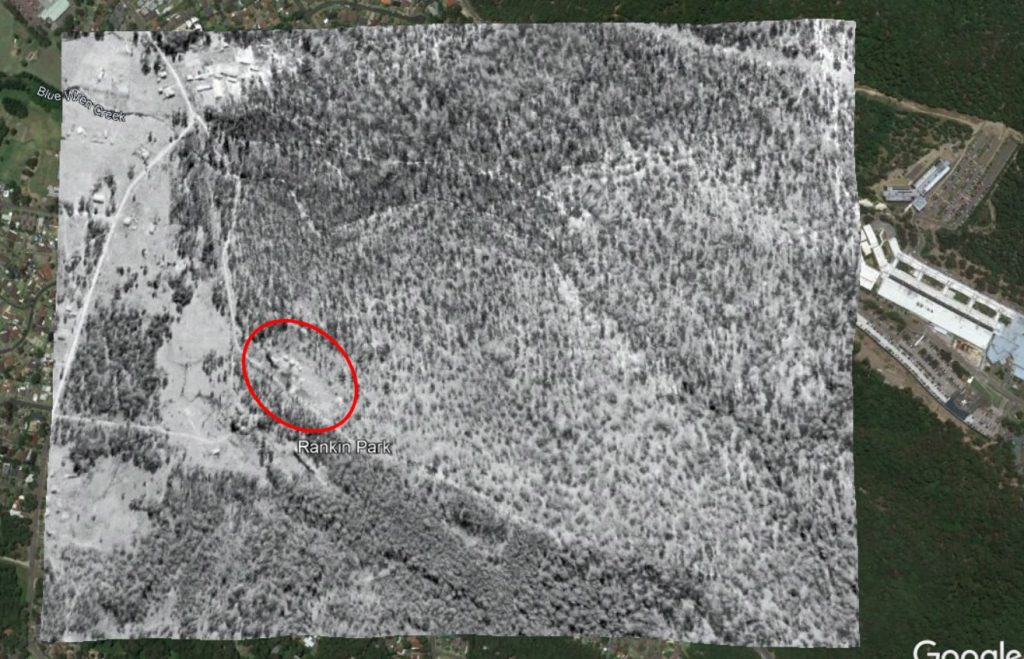

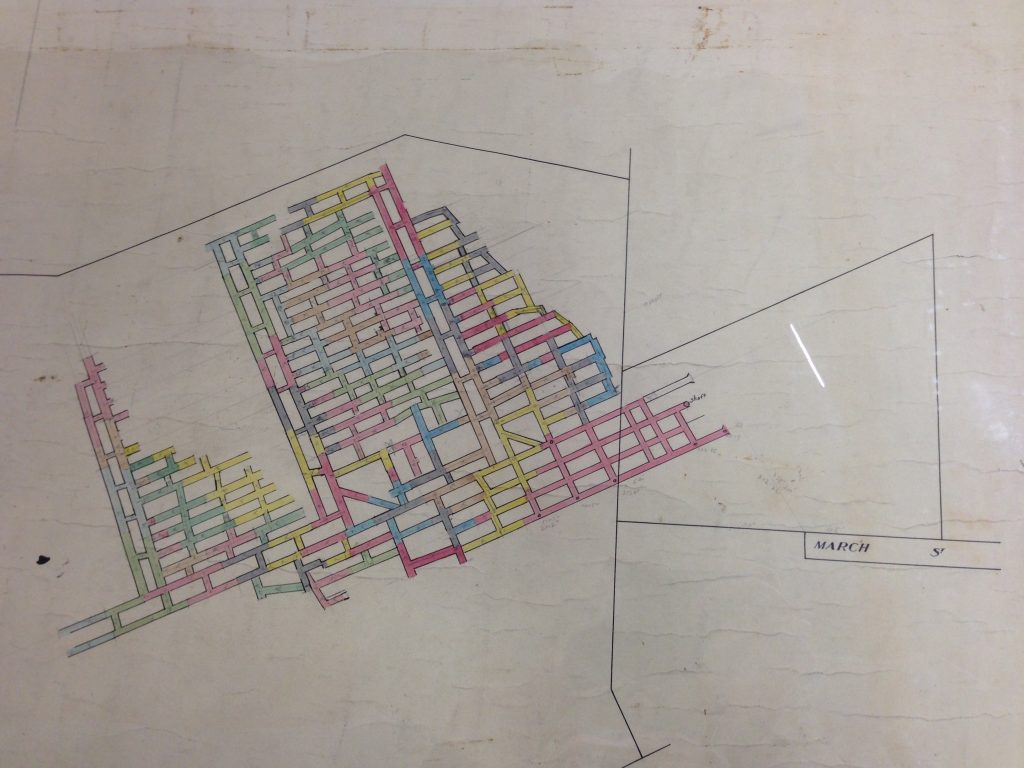
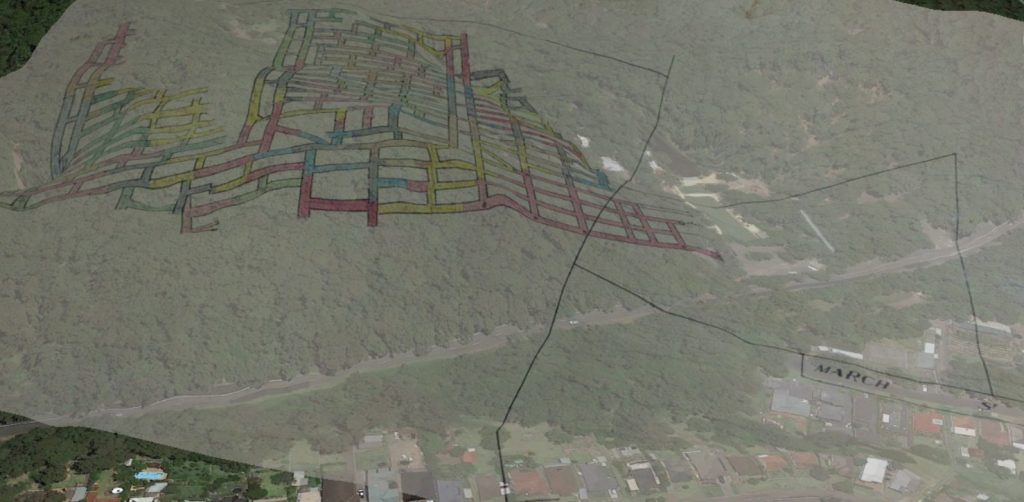

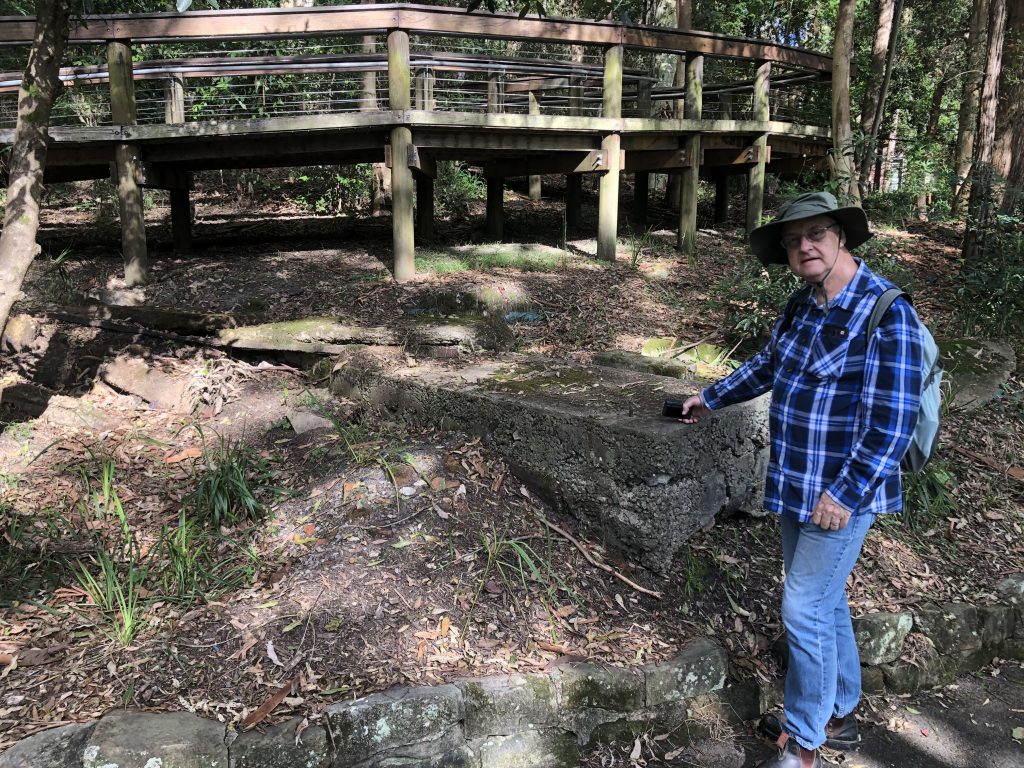
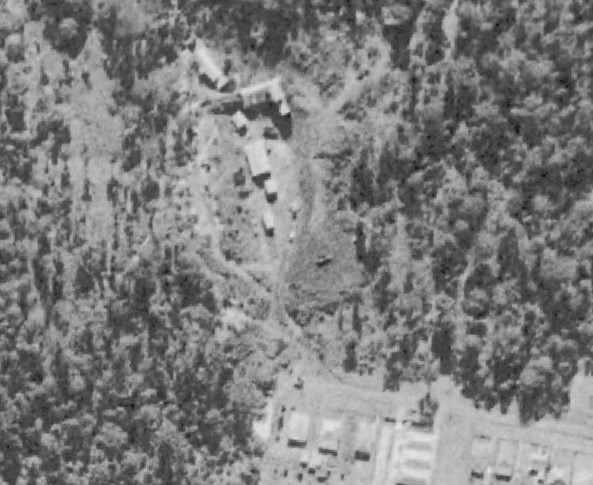
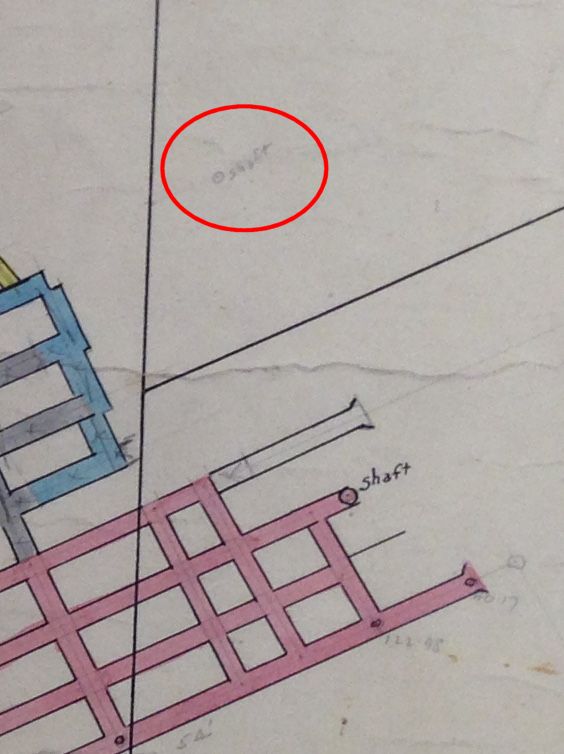
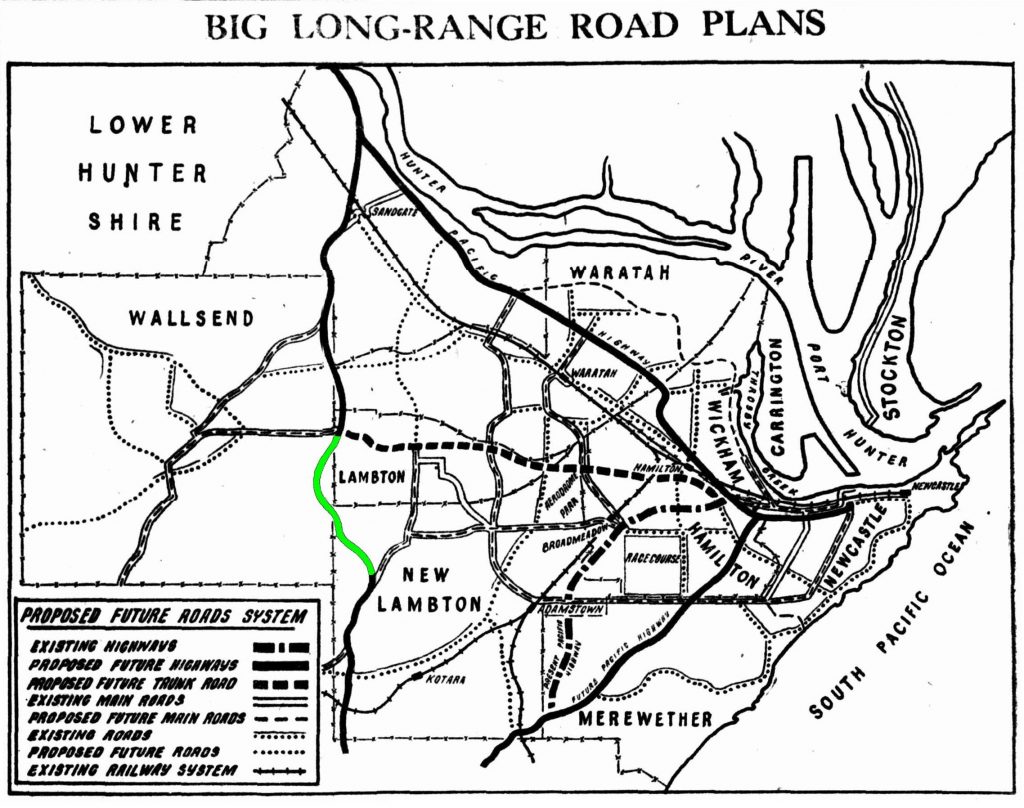

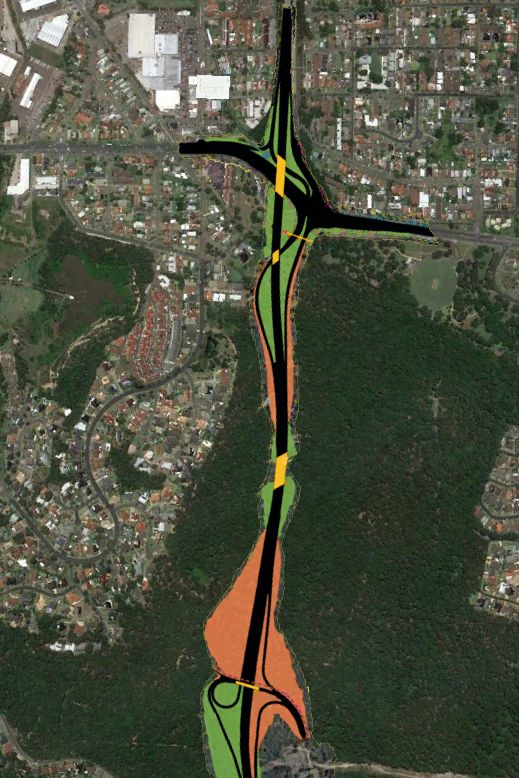
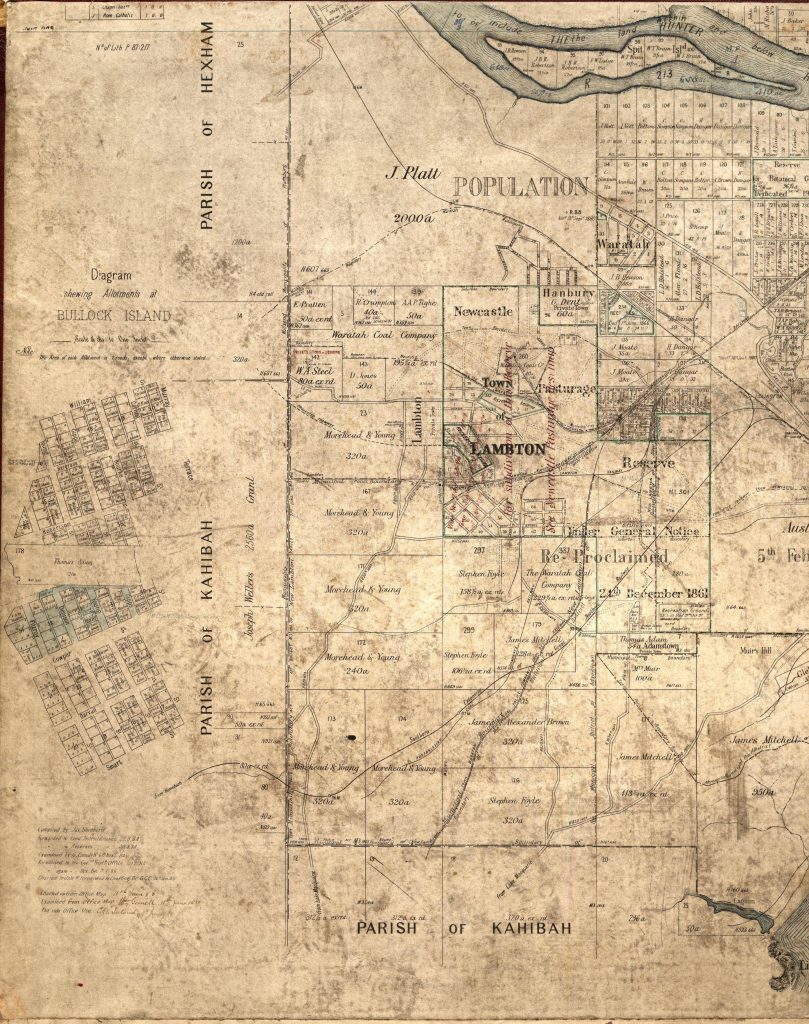
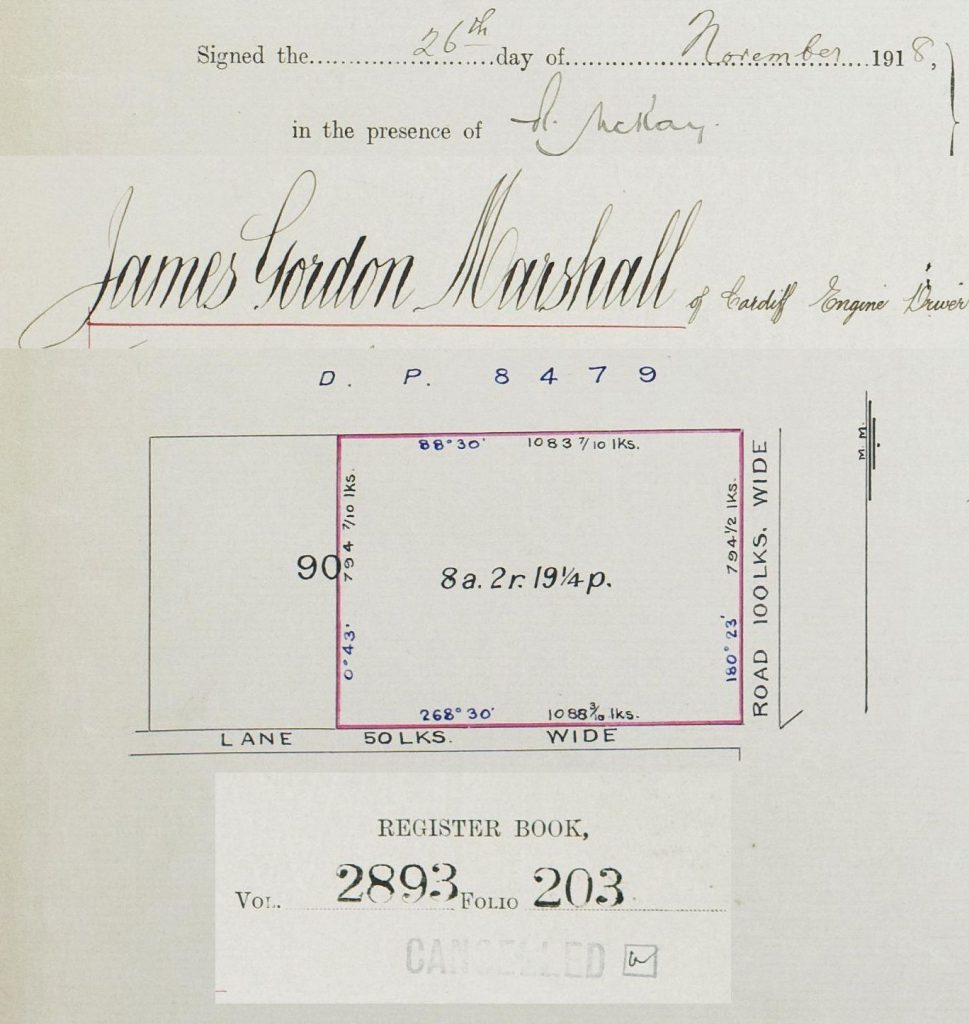

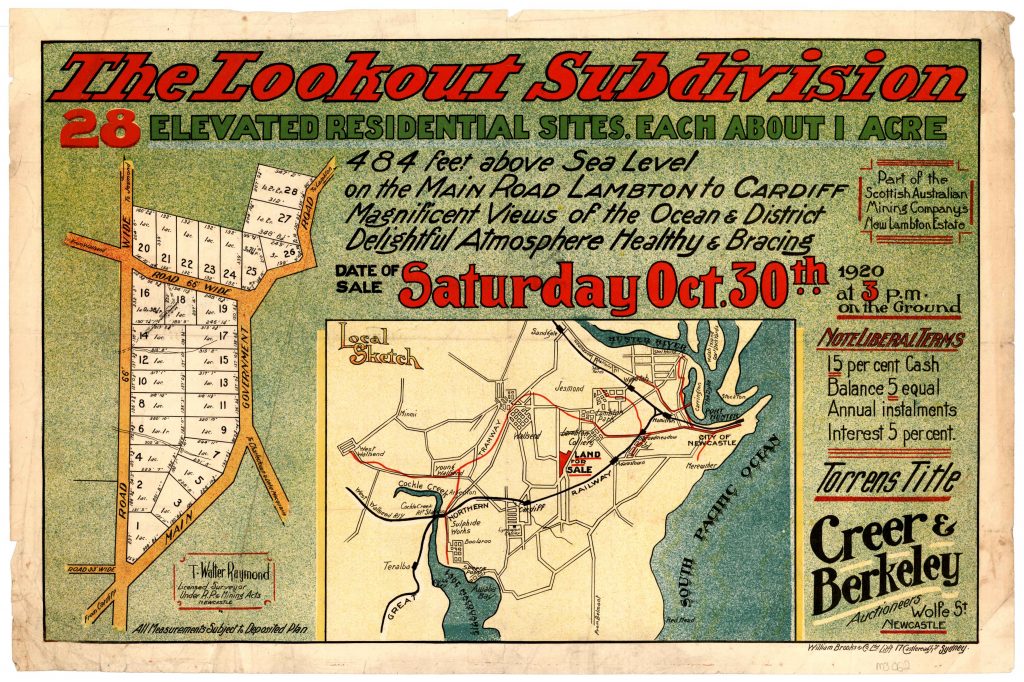





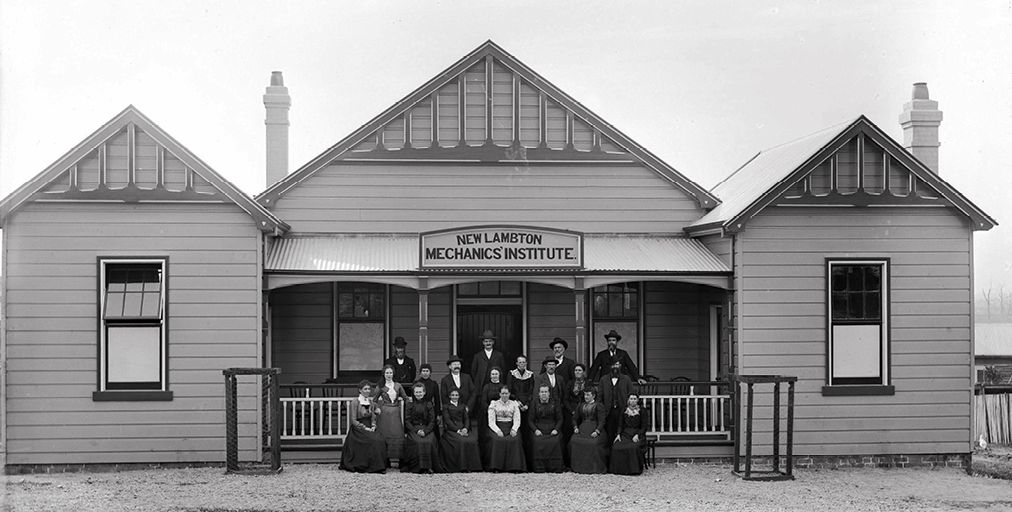
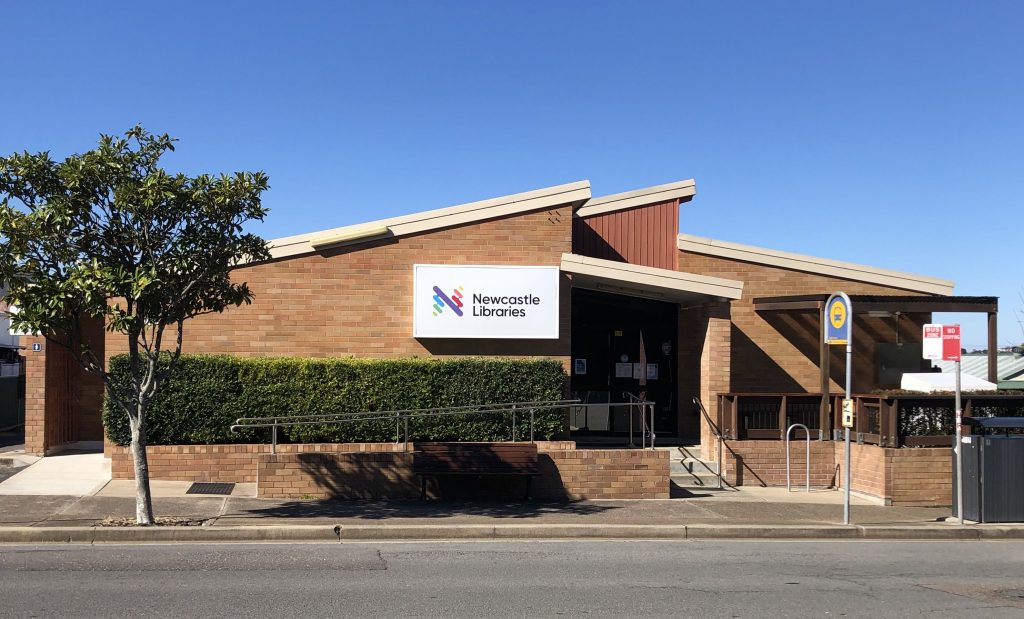


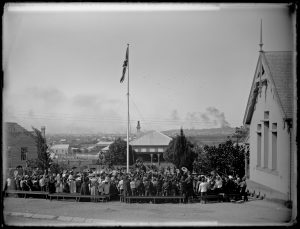 Construction of the building in Regent St was in progress by
Construction of the building in Regent St was in progress by 
